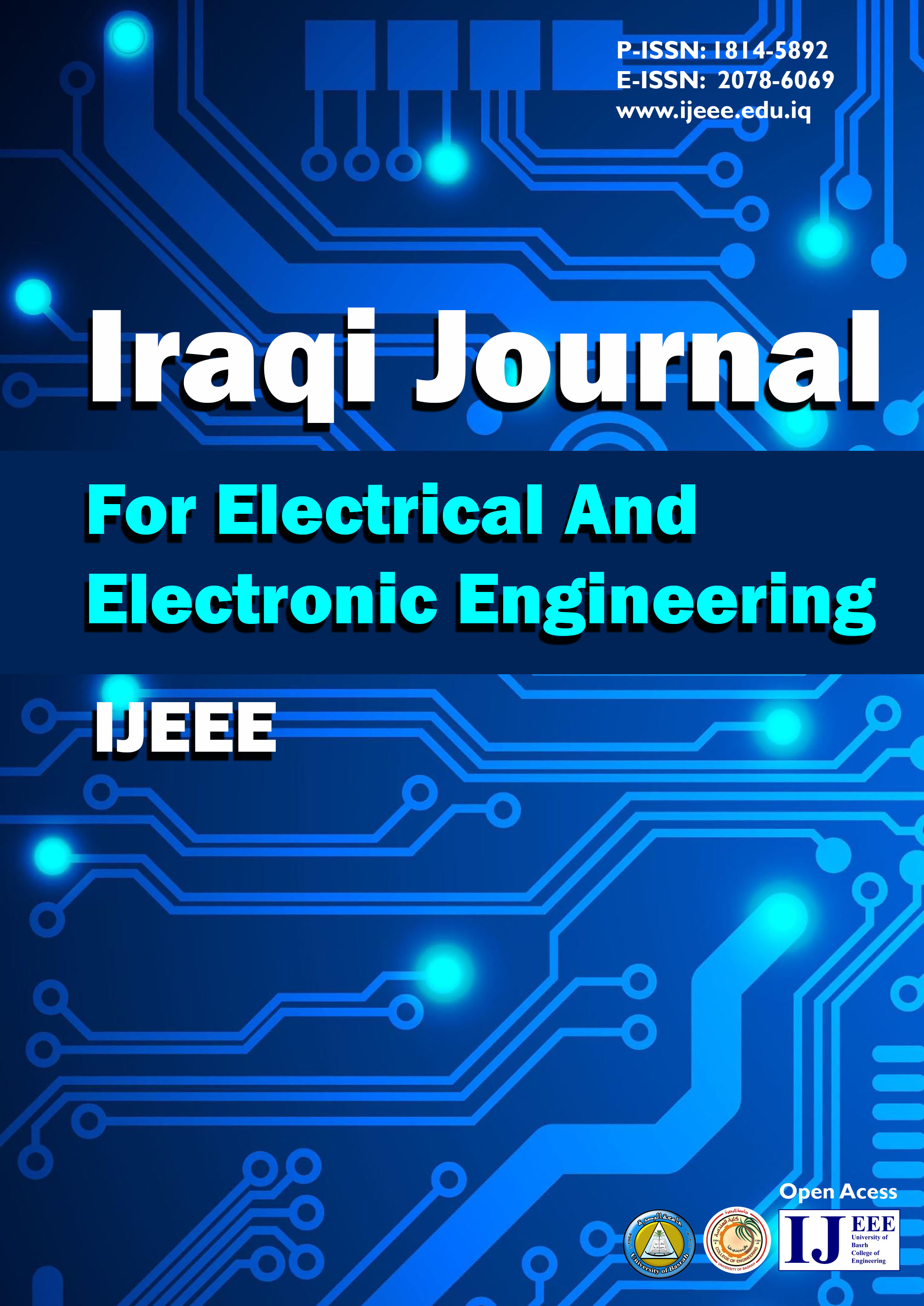Abstract
In this study, a distributed power control
algorithm is proposed for Dynamic Frequency
Hopping Optical-CDMA (DFH-OCDMA) system. In
general, the DFH-OCDMA can support higher
number of simultaneous users compared to other
OCDMA techniques. However, the performance of
such system degrades significantly as the received
power does lower than its minimum threshold. This
may obviously occur in a DFH-OCDMA network
with near-far problem which consist of different
fiber lengths among the users, that resulting to
unequal power attenuation. The power
misdistribution among simultaneous active users at
the star coupler would degrade the Bit Error Rate
(BER) performance for users whose transmitting
signals with longer fiber lengths. In order to solve
these problems, we propose an adaptive distributed
power control technique for DFH-OCDMA to
satisfy the target Signal to oise Ratio (SR) for all
users. Taking into account the noise effects of
Multiple Access Interference (MAI), Phase Induced
Intensity oise (PII) and shot noise, the system can
support 100% of users with power control as
compared to 33% without power control when the
initial transmitted power was -1dBm with 30
simultaneous users
algorithm is proposed for Dynamic Frequency
Hopping Optical-CDMA (DFH-OCDMA) system. In
general, the DFH-OCDMA can support higher
number of simultaneous users compared to other
OCDMA techniques. However, the performance of
such system degrades significantly as the received
power does lower than its minimum threshold. This
may obviously occur in a DFH-OCDMA network
with near-far problem which consist of different
fiber lengths among the users, that resulting to
unequal power attenuation. The power
misdistribution among simultaneous active users at
the star coupler would degrade the Bit Error Rate
(BER) performance for users whose transmitting
signals with longer fiber lengths. In order to solve
these problems, we propose an adaptive distributed
power control technique for DFH-OCDMA to
satisfy the target Signal to oise Ratio (SR) for all
users. Taking into account the noise effects of
Multiple Access Interference (MAI), Phase Induced
Intensity oise (PII) and shot noise, the system can
support 100% of users with power control as
compared to 33% without power control when the
initial transmitted power was -1dBm with 30
simultaneous users
Keywords
Dynamic Frequency Hopping-OCDMA
Optical-CDMA
Power control
